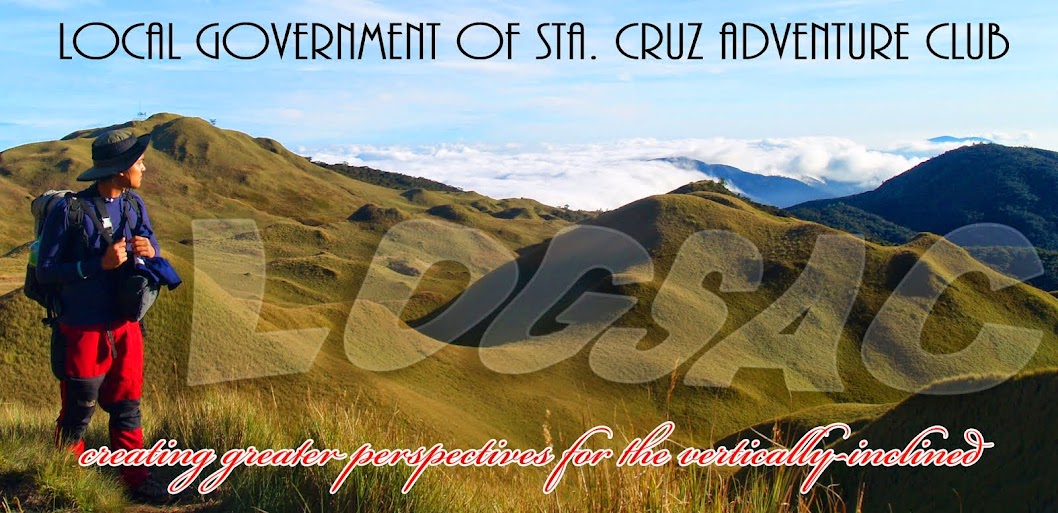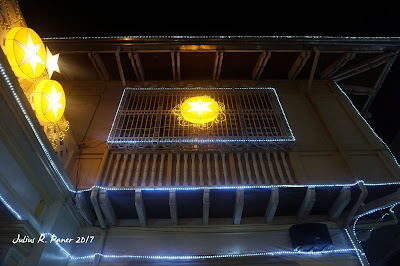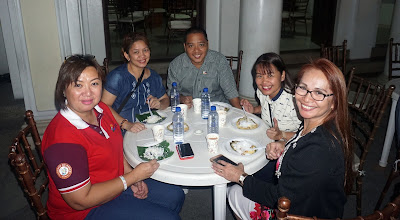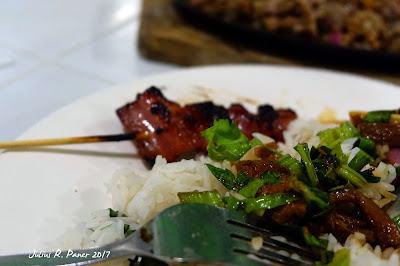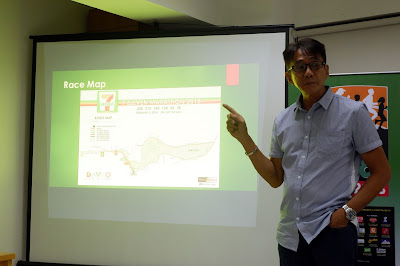The newly-launched
Davao-Clark flights of Air Asia and Philippine Airlines gave Davaoeños fresher
opportunities of exploring the province of Pampanga and other nearby areas in
Northern Luzon. This might be a jerk of decongesting the Ninoy Aquino International
Airport in Metro Manila and somehow intensified connectivity of the
Mindanao-Luzon market. As a gateway to Northern Luzon, Pampanga has been
considered lately as the next hub for industrialization, commercialization and
tourism.
In a span of one month
I was able to participate two major tourism events in Pampanga. The first one
was the NorthPhil Expo held in SM Clark on November 18-20 and the other one was
the Training Course on Tourism Marketing and Regional Branding as spearheaded
by the Tourism Promotions Board and University of the Philippines-Asian
Institute of Tourism in Quest Hotel, Clark. As a perk of the events I availed
of free tours in key Luzon destinations such as Mt. Pinatubo and Batad Rice
Terraces in Banaue. Other than these two main attractions I also explored
Pampanga in my latest trip two weeks ago.
Staying in Pampanga
for a week or more can be an earnest option for travellers who love culture and
culinary. Angeles City, the capital of Pampanga, caters to a wider ranges of
audience being the commercial centre that serves as gateway to other
destinations.
There are three
interesting things in Pampanga that impresses me much namely: Clark, Christmas
and Foods. The Clark Freeport Zone is for me an excellent example of an
independent commercial zone that provides Clark with economic opportunities.
The entire Freeport zone is employing more or less 10,000 people with all the
present investment areas locating in the place like commercial establishments,
BPOs, tourism-related businesses, among others. The actual physical perspective
of Clark is patterned after an American setting because the place was an
airbase of the United States Military during the American regime. Clark is an
epitome of better urban planning and the rest of those developing provinces in
the country should look at Clark as a benchmark to follow and emulate.
Meanwhile, Pampanga
has other definition of Christmas. On December 19 we travelled to the town of
Magalang located more or less 40 kilometers from Clark to witness the famous Lubenas
de Pasko. This is an occasion celebrated every December by the Cabalens as a
strong manifestation of their belief of the birth of Christ. They have
maintained this tradition which was started in the 18th century. A
parade of star lanterns of different colors and sizes is being showcased in the
event which is also associated with musical performances. The Cabalens value
very much the crucial role of star guidance to their existence just like how
the three wise men were guided by a star on their way to the birthplace of
Christ. The entire perimeters of Magalang were surrounded with stars every
Christmas which makes the town vivid and attractive. I was told by my colleagues
that the City of Angeles also has the same celebration.
Lastly, the foods of
Pampanga represents very well with the character of excellent Filipino culinary
creativity. Being confined to Quest Hotel’s ration for three days I have lesser
appreciation of the foods they served, not until I was able to go out and
tasted the best Pampanga delicacies. First were the local kakanins served to us
in Magalang, the appetizing Puto Bumbong and Hot Tsokolate. I guess there was a
secret ingredient to the concoction which the Cabalens only know, making it
very distinct and palatable. I also visited one of the best restaurants in
Clark that offered authentic Kapampangan Cuisine, the Matam-ih Restaurant.
Our
gastronomic experience in Pampanga was rounded off with a sumptuous dinner in
Mila’s Restaurant, considered to be the most popular restaurant in Angeles
City. In Mila’s we were treated with specialty food items such as tokwa’t
baboy, fern salad mixed with salted egg, tocino barbecue and the mouth-watering
pork sisig. We were also warmly accommodated by the owner Aling Mila herself
who is very much hands on with the daily chores in the restaurant.
